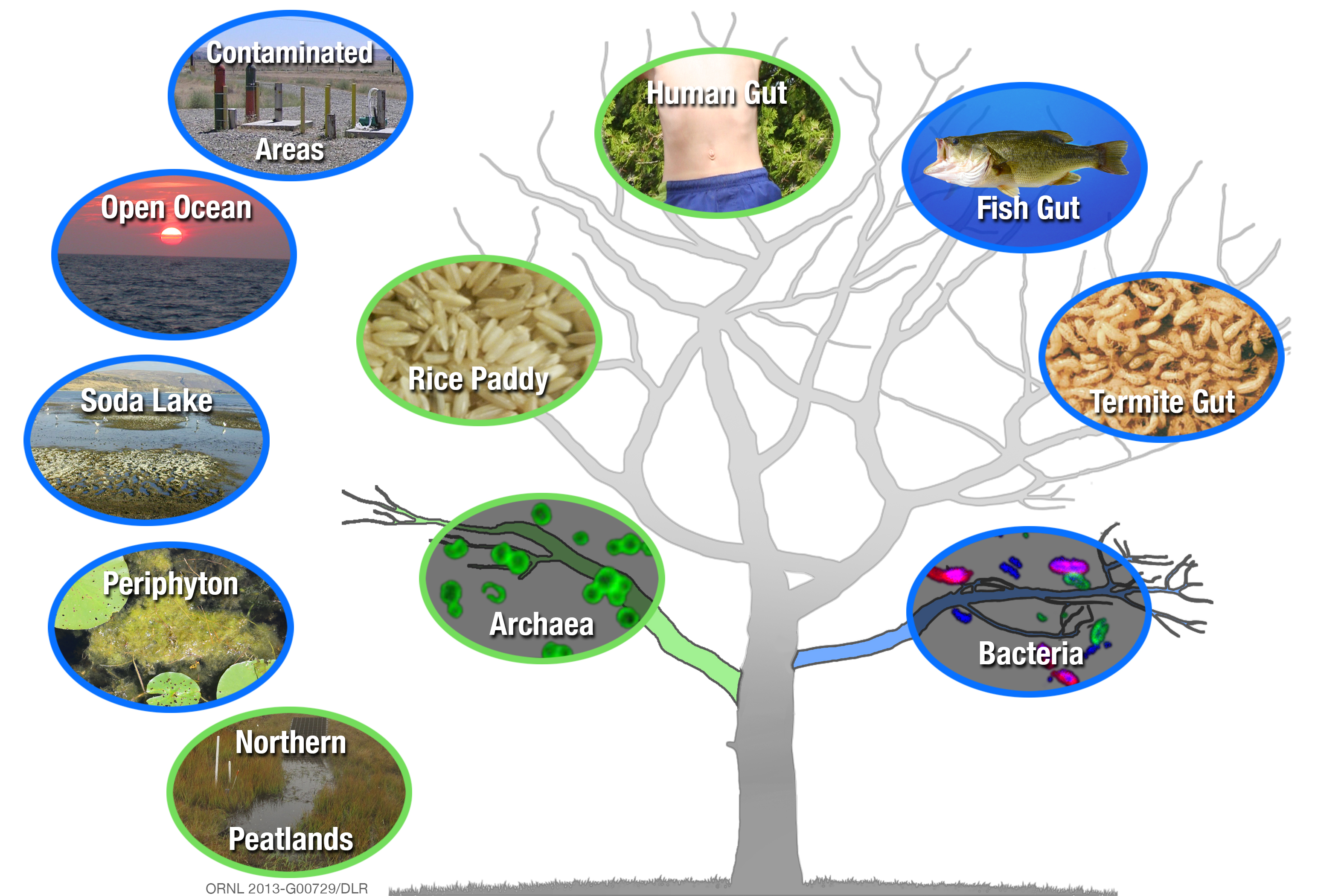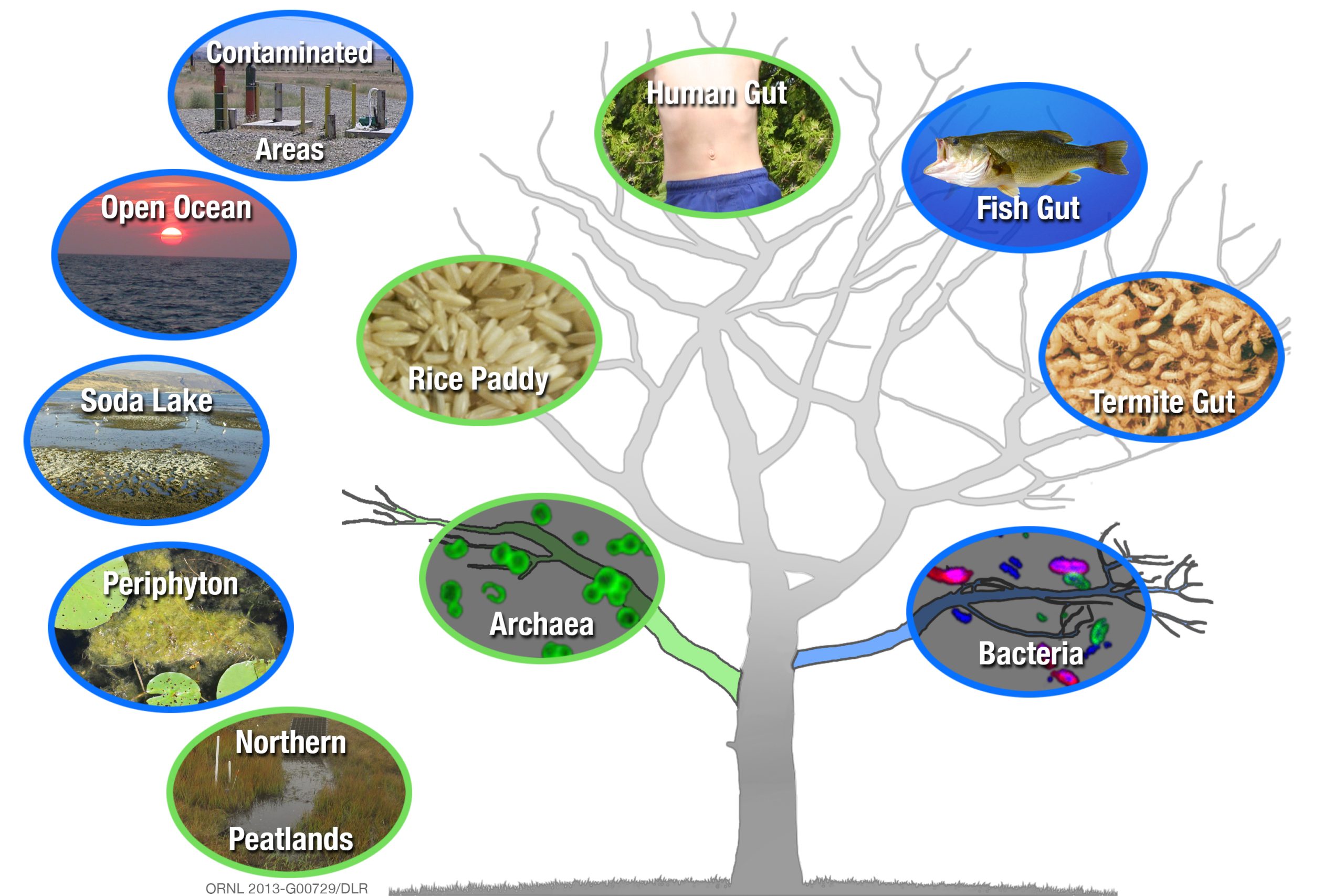
## Unraveling the Enigma of Methylmercury
Mercury, a heavy metal found in nature, is notorious for its dangerous properties, with methylmercury being the most toxic variant, posing significant threats to both health and the ecosystem. Methylmercury can bioaccumulate in marine food webs, resulting in serious neurological harm upon ingestion, primarily through seafood consumption. Yet, the biological conversion of elemental mercury into this toxic form has remained a mystery for scientists. A recent breakthrough, revealed in the *Proceedings of the National Academy of Sciences*, has shed light on this transformation, owing to sophisticated molecular analysis techniques.
In this research, scientists have successfully mapped out the microbial protein complex that enables the conversion of mercury to methylmercury—an advancement that not only clarifies the critical actors in this environmental challenge but also sets the stage for future efforts to tackle mercury pollution.
### The Fleeting Process of Methylmercury Transformation
For an extended period, understanding the bacterial processes that convert elemental mercury into methylmercury has been a significant gap in mercury research. This enzymatic conversion, chiefly mediated by a microbial protein complex called HgcAB, has been challenging to study. Low levels of HgcAB and its sensitivity to environmental factors have complicated the characterization of this transformation.
In a crucial partnership among researchers from the *SLAC National Accelerator Laboratory* and the *University of Michigan*, scientists addressed this difficulty by isolating and studying these HgcAB proteins with high-energy X-ray absorption spectroscopy. The pivotal moment came from the advanced Stanford Synchrotron Radiation Lightsource (SSRL), enabling researchers to examine the methylation process on a molecular scale.
“We need to grasp that fundamental process before we can create a viable methylmercury remediation plan,” stated Riti Sarangi, a senior scientist at SLAC. Her remarks emphasize the necessity of understanding underlying biochemical pathways to allow scientists to intervene in the mercury methylation process and avert additional environmental contamination.
### S-adenosyl-L-methionine: The Essential Methyl Donor
A major revelation from the study was the discovery of S-adenosyl-L-methionine (SAM) as the primary methyl donor in the transformation of mercury to methylmercury. Earlier hypotheses proposed another candidate, methyltetrahydrofolate, for this role. However, advanced techniques have definitively shown that SAM is crucial to the methylation process.
SAM is already recognized for its involvement in various biological methylation pathways, and this newfound link to mercury methylation presents opportunities for innovative strategies to address mercury pollution. For example, Steve Ragsdale, a co-author and professor at the University of Michigan, suggested that SAM analogs could someday be utilized to inhibit the methylation process, potentially neutralizing methylmercury before it builds up in ecosystems.
### Innovative X-ray Techniques Illuminate Nuances
The state-of-the-art technology utilized at SSRL was essential for the team’s achievements. X-ray absorption spectroscopy enabled scientists to examine the interactions between HgcAB proteins and SAM at an atomic scale, providing a lucid illustration of the transformation process. This in-depth view of the protein’s role and the specific function of SAM has yielded vital insights into the biochemical pathway.
“By identifying the molecular interactions, we now possess a guide for discovering means to disrupt this detrimental transformation,” remarked Sarangi. This enhanced comprehension draws clinicians, environmental researchers, and policy-makers nearer to implementing solutions that could minimize mercury-related risks.
### Applications and Future Prospects
The insights gained from the study hold encouraging potential for tackling both environmental and public health issues. With increased clarity regarding HgcAB proteins’ contributions to mercury methylation, scientists are starting to explore strategies that might obstruct this pathway. Notably, if researchers can effectively inhibit SAM’s function or destabilize the HgcAB complex in polluted environments, we could eventually develop tools to prevent the formation and bioaccumulation of toxic methylmercury in aquatic habitats.
Nonetheless, the path forward is complex. The research team highlighted that isolating and stabilizing the HgcAB complex required years of detailed effort, and further investigation is necessary to translate these findings into actionable solutions.
“The work represents a significant stride toward possible solutions,” asserted Sarangi, “but much more remains to be accomplished. Continued support for fundamental biochemical research is essential.” As scientists delve further into microbial mercury methylation, the emphasis may shift towards discovering safe, effective methods to regulate or reverse this harmful process in natural environments.
### Glossary
– **Methylmercury:** A toxic variant of mercury that is highly bioaccumulative, meaning it accumulates in living organisms, especially fish, and presents health risks to those consuming contaminated food.
